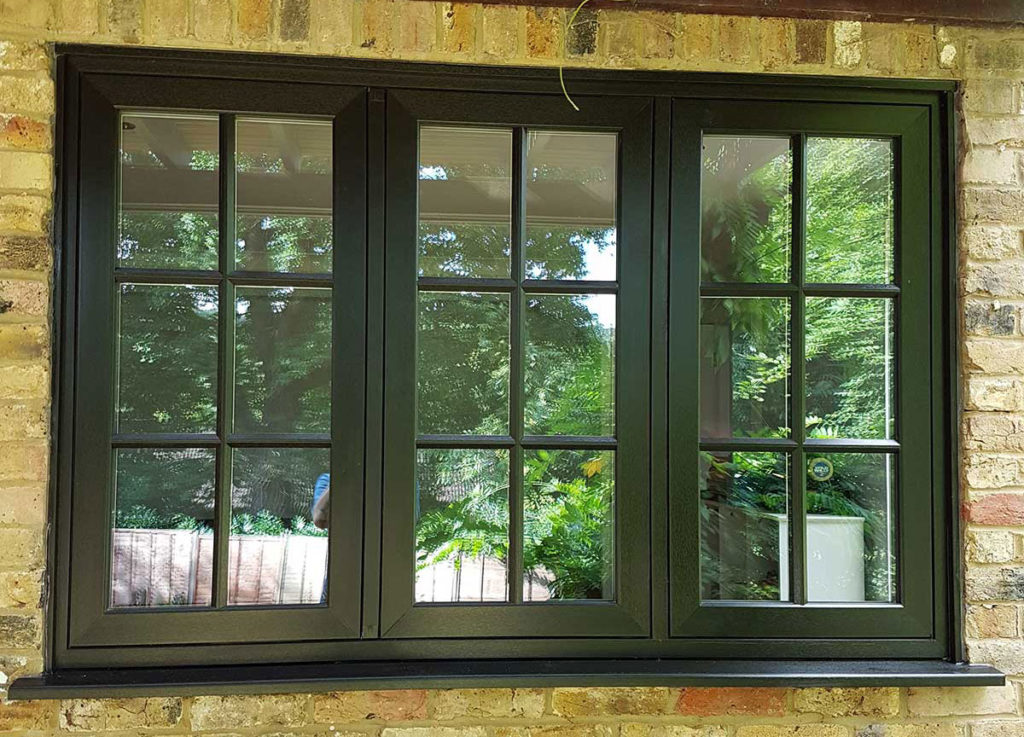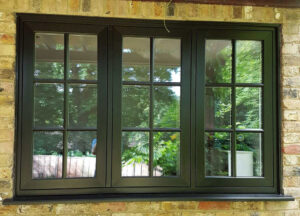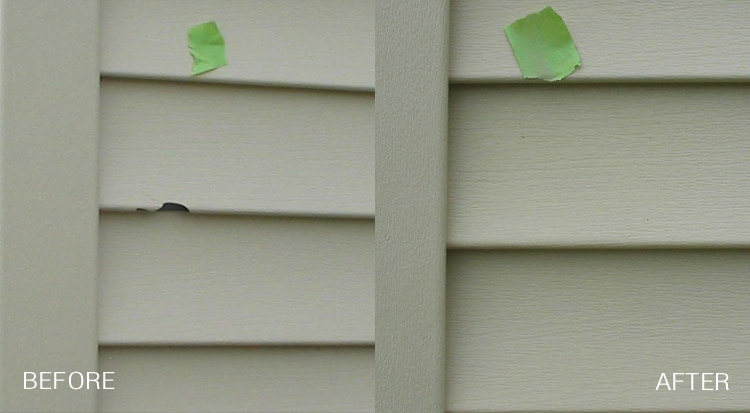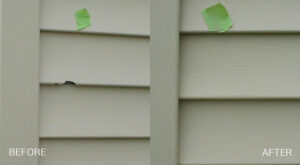If your bathroom is outdated, you might consider a remodel to update the look and feel of the space. However, a renovation isn’t easy, and there are many factors that affect the cost of a bathroom remodel.
It is crucial to familiarize yourself with your local building codes and regulations for a successful remodeling project. This will ensure that your project meets safety standards and adds value to your home. Visit Website to learn more.
The cost of your bathroom remodel depends on several factors, including the size of the room, materials you choose, and the extent of the renovation. However, it’s important to set a budget and stick to it to prevent overruns. If you’re unsure of how much a remodel will cost, consult with professionals and ask for an estimate before starting the project. In addition, it’s a good idea to set aside 5-10% of your budget for unforeseen expenses.
A full remodel is more intensive than a surface-level update and involves tearing down walls and changing the layout of the space. While this type of remodeling is more costly, it can yield a more dramatic change to the appearance of your bathroom. Some types of full remodels include replacing old fixtures, adding a new bathtub, or creating a walk-in shower.
Remodeling your bathroom can increase its usability and efficiency by improving the flow of traffic and maximizing available space. A new layout can also make it easier to access sinks, toilets and storage areas. Additionally, a bathroom remodel can increase energy-efficiency by installing low-flow faucets and showerheads. This can lower your utility bills and appeal to environmentally conscious buyers.
A well-designed bathroom remodel can transform your space into a relaxing sanctuary, making it both functional and attractive. You can add spa-like features like a new soaking tub, a walk-in shower, and ambient lighting to boost your comfort and the value of your home.
A bathroom remodel can also make your home more accessible to people with disabilities or elderly family members. Installing safety-focused features like grab bars, a walk-in tub, and hand-free faucets can help reduce injuries and enable your family to remain in their homes longer. Adding a wheel-in shower can make it easier to get in and out of the bath, while a new linen closet can provide convenient storage for towels and washcloths. These types of upgrades can make your bathroom safer for everyone, but especially those with limited mobility.
Design
A bathroom remodel is a great way to add value and style to your home. However, it is important to plan ahead and make sure that you stay within your budget. You can save money by using less expensive finishes or buying used fixtures. It is also a good idea to set aside 5-10% of your budget for unforeseen expenses.
In addition, if you’re planning to install a walk-in shower or wheelchair accessibility features, it is best to consult with your remodeling contractor before starting the project. This will ensure that the new features will be functional and will meet local codes.
Whether you’re doing a full renovation or a simple update, Cedreo’s online bathroom design tool makes it easy for your clients to visualize their project with lifelike renderings. With a few clicks, you can create a 2D floorplan of the existing bathroom and drag walls to enlarge or remove space. The program also helps you choose from a wide range of surface materials to create beautiful bathroom designs. You can even use pre-made product packs to save time and finish the design quickly. Once you’re finished, you can submit your rendering to receive a professional print in just minutes.
Materials
The materials used in a bathroom remodel directly affect its appearance and function. It is important to choose durable, long-lasting materials that will stand up to daily wear and tear. These materials also need to fit the desired aesthetic and budget of the homeowner. Choosing the right bathroom materials can increase a home’s value and make it easier to sell.
There are many different bathroom material options, including porcelain and ceramic tile, natural stone, glass, and acrylic. These materials come in a variety of textures, colors, and finishes, which can create a unique look for your bathroom. For example, glass and metal can be a good choice for a modern or contemporary bathroom, while natural stone and wood can provide a more traditional feel.
Another great option for a bathroom is engineered quartz. This material is made from crushed stone and resin, which makes it extremely durable. It is scratch resistant and easy to clean, which makes it a great choice for bathroom countertops. It is also available in a variety of colors and designs to match any décor.
During the bathroom remodeling process, it is also important to remember to add storage spaces. This can be done by adding shelving or cabinets to conceal towels, toiletries, and other items. It is also a good idea to consider a linen cabinet, which can hold extra sheets, towels, and toilet paper.
Bathrooms are a high-traffic area, which means that it is important to choose materials that are durable and easy to maintain. Non-porous materials like glazed tile and composite countertops are ideal for bathrooms because they resist staining and do not need to be resealed regularly. It is also a good idea to choose fixtures that are low-maintenance and have anti-scald features.
Before starting any work, it is important to understand the layout of the existing plumbing and electrical lines. This will help you avoid tripping over or damaging these lines during the remodel. Keeping these tips in mind, you can successfully complete your own bathroom remodel project and get the perfect space that you’ve always wanted.
Installation
The installation phase is where your bathroom remodel starts to take shape. This is where the design plan transitions from paper to reality, and the final product takes shape as a functional, beautiful space. Installation involves a combination of craftsmanship, precision, and coordination to ensure that all components fit and function seamlessly. This includes setting up new fixtures, installing tile, cabinetry, and countertops, and relocating or updating plumbing and electrical systems.
During this phase, the remodeling team will safely and thoroughly tear down the existing elements of your bathroom. This is essential for ensuring that the integrity of your home’s structure is maintained during construction. It also provides the opportunity to inspect and repair any issues, such as rotted wood or water damage to the subfloor. If any issues are found, these repairs should be made prior to the start of construction to avoid costly complications later on.
After demolition, the team will prepare the new space for the installation of your bathroom renovation. This includes removing any excess debris and disposing of it responsibly. In addition, they will clean and clear the area to avoid any potential delays during the construction process. This will help them ensure that the work is proceeding as planned and allows for a seamless transition into the remodeling phase.
One of the most important factors that affects the duration of a bathroom remodel is whether or not a permit will be needed. This will be determined by the type of renovation and your location. It is recommended that you contact your local permit office to determine the specific guidelines and requirements that apply to your situation.
While a complete bathroom gut renovation is a large project, it’s often more cost effective than purchasing and installing individual components. Depending on your budget, you may want to consider a partial renovation or a mini-remodel. These projects are more affordable and still offer a significant improvement to your bathroom’s overall appearance.
Regardless of the scope of your bathroom renovation, it’s crucial to have a detailed plan and budget in place. This will help ensure that the renovation is completed on time and within your budget.






